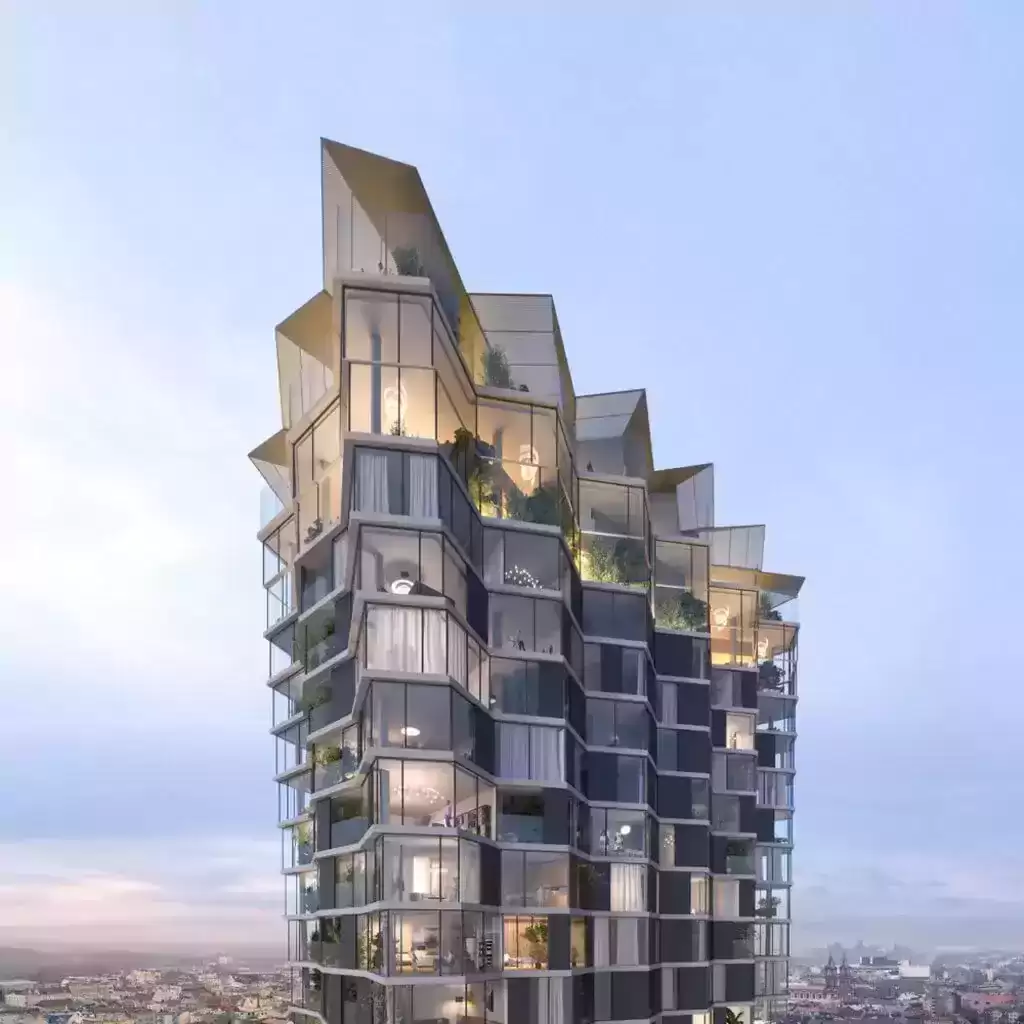Zaha Hadid Architects: Green Hydrogen Refuelling Network
Green Hydrogen Revolution
British studio Zaha Hadid Architects is set to revolutionize Italy’s marinas with the creation of 100 refuelling stations, marking the world’s first green hydrogen refuelling infrastructure. Partnering with energy company NatPower, the ambitious project aims to promote sustainable energy use by recreational boats and reduce greenhouse gas emissions.
Sustainable Energy Hubs in Italian Marinas
The innovative charging stations, designed by Zaha Hadid Architects, will cater to recreational boats, offering green hydrogen produced using renewable energy. The first station is scheduled for installation this summer, with a grand vision of constructing 100 stations in 25 Italian marinas and ports by 2030. This ambitious initiative is backed by a €100 million investment led by NatPower H, a subsidiary of the energy giant NatPower.
Encouraging Hydrogen-Powered Vessels
The refuelling stations are a crucial step towards encouraging the adoption of boats powered by green hydrogen for short trips. Hydrogen-powered vessels utilizing fuel cells emit only water vapor and warm air, providing an eco-friendly alternative to traditional combustion engines. By establishing a network of sustainable energy hubs in major Italian marinas, NatPower H aims to foster the ongoing development and use of hydrogen-powered vessels.
Environmental Impact
According to Zaha Hadid Architects, the 100 green hydrogen refuelling stations could potentially eliminate around 45,000 tonnes of greenhouse gas emissions annually from recreational boats in the designated areas. This substantial reduction in carbon footprint underscores the project’s commitment to environmental sustainability.
Architectural Innovation
The charging stations, designed by Zaha Hadid Architects, showcase architectural innovation through 3D-printed concrete blocks. Divided into eight curved bays, the 50-square-meter structures draw inspiration from marine life’s geometrics, providing both functionality and aesthetic appeal. Notably, these stations are fully recyclable, constructed from low-carbon concrete, and assembled in dry sections to minimize construction waste.
Circular Building Technologies
Zaha Hadid Architects emphasizes the use of circular building technologies, integrating the latest innovations in construction techniques. The stations derive structural strength through sophisticated geometry rather than an increased use of materials. This approach reflects NatPower H’s commitment to an ecologically responsible future. Therefore, combining modern construction practices with historical engineering knowledge developed in the Mediterranean over 2,000 years ago by the Romans.
Collaborative Research Efforts
The design of the hydrogen refuelling stations is a result of collaborative research efforts by Zaha Hadid Architects’ Computation and Design Research Group (ZHA Code), in partnership with Block Research Group and Incremental3D. Moreover, The project leverages insights into masonry structures, 3D-printed concrete, and sustainable digital concrete construction. Therefore, showcasing a commitment to cutting-edge technologies in architecture.
Futuristic Hydrogen Refuelling
While Zaha Hadid Architects leads this groundbreaking initiative, other designers. Such as Philippe Starck, explore futuristic hydrogen refuelling technologies. Starck’s mirror-polished stainless-steel refuelling station adds another dimension to the growing landscape of eco-conscious infrastructure.
In conclusion, the collaboration between Zaha Hadid Architects and NatPower H signifies a significant stride toward a sustainable, green future for maritime transport in Italy. The fusion of architectural innovation, renewable energy, and environmental responsibility positions these green hydrogen refuelling stations as a beacon for the global transition to cleaner transportation solutions.
Finally, find out more on ArchUp:









